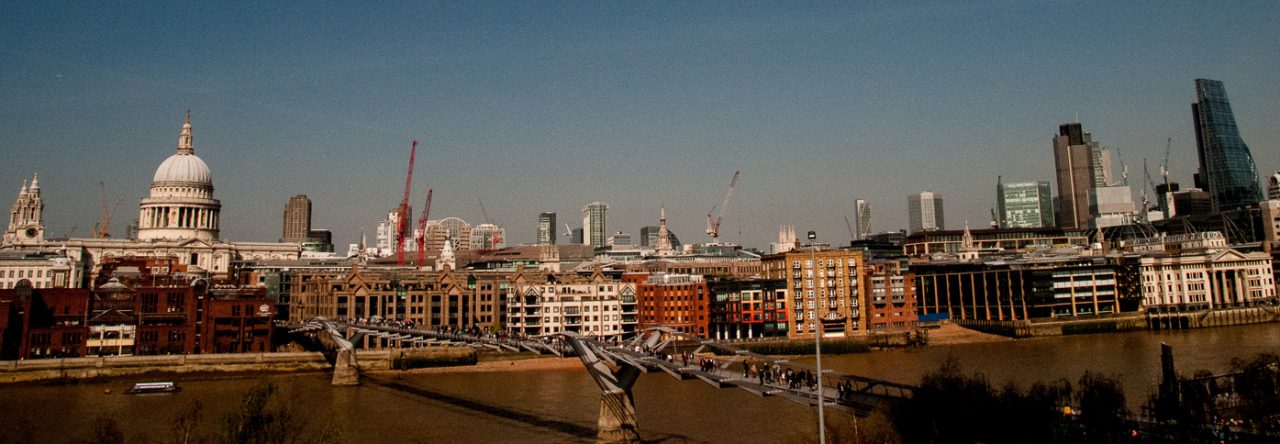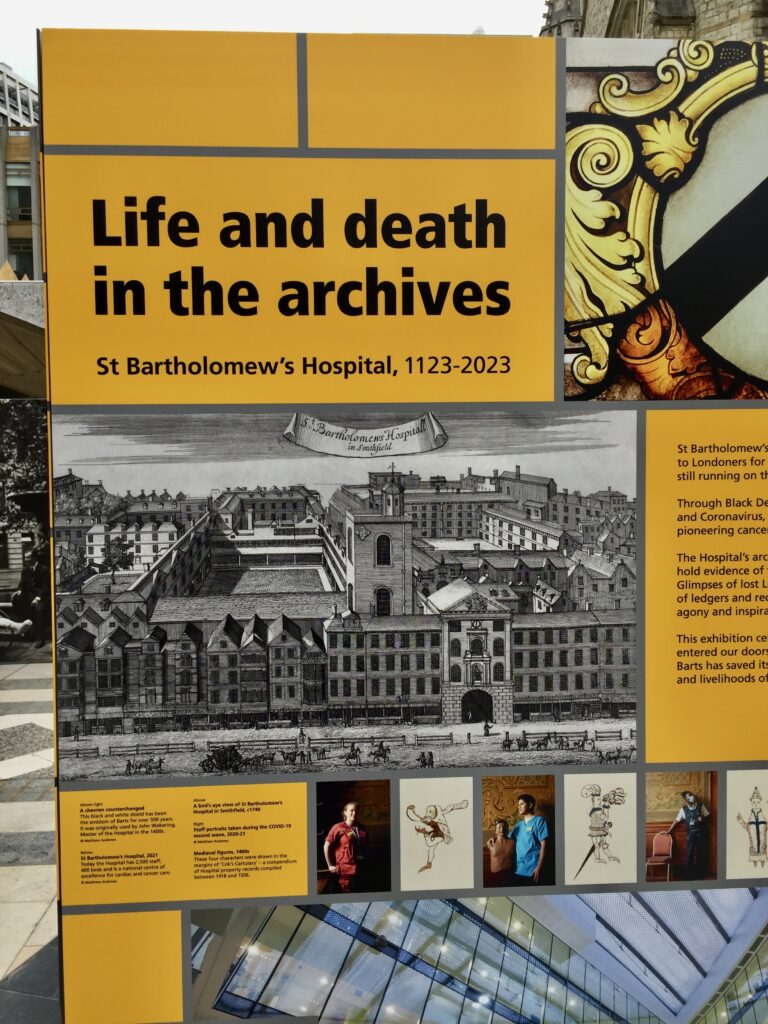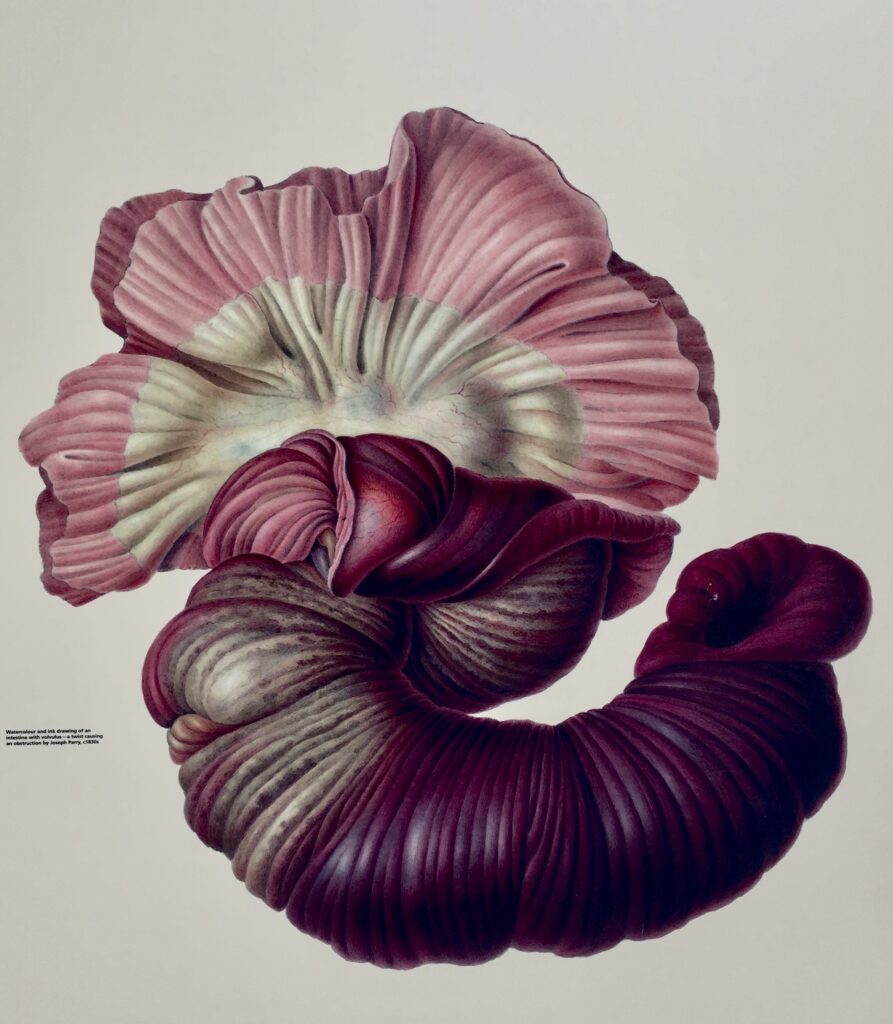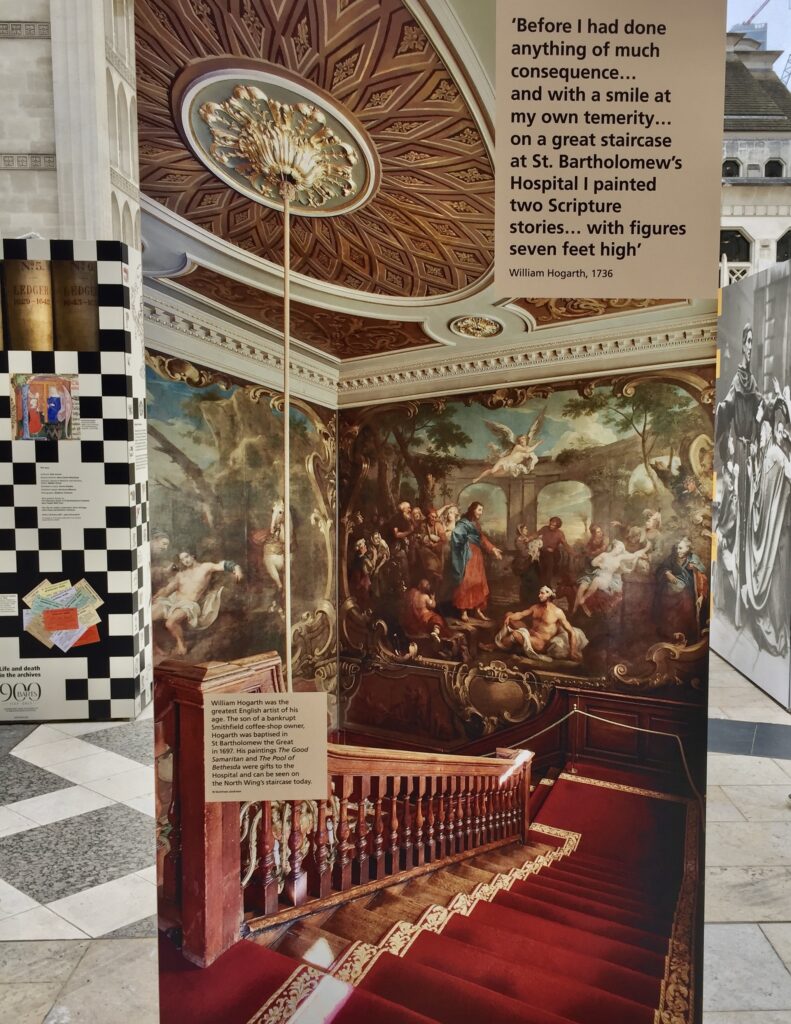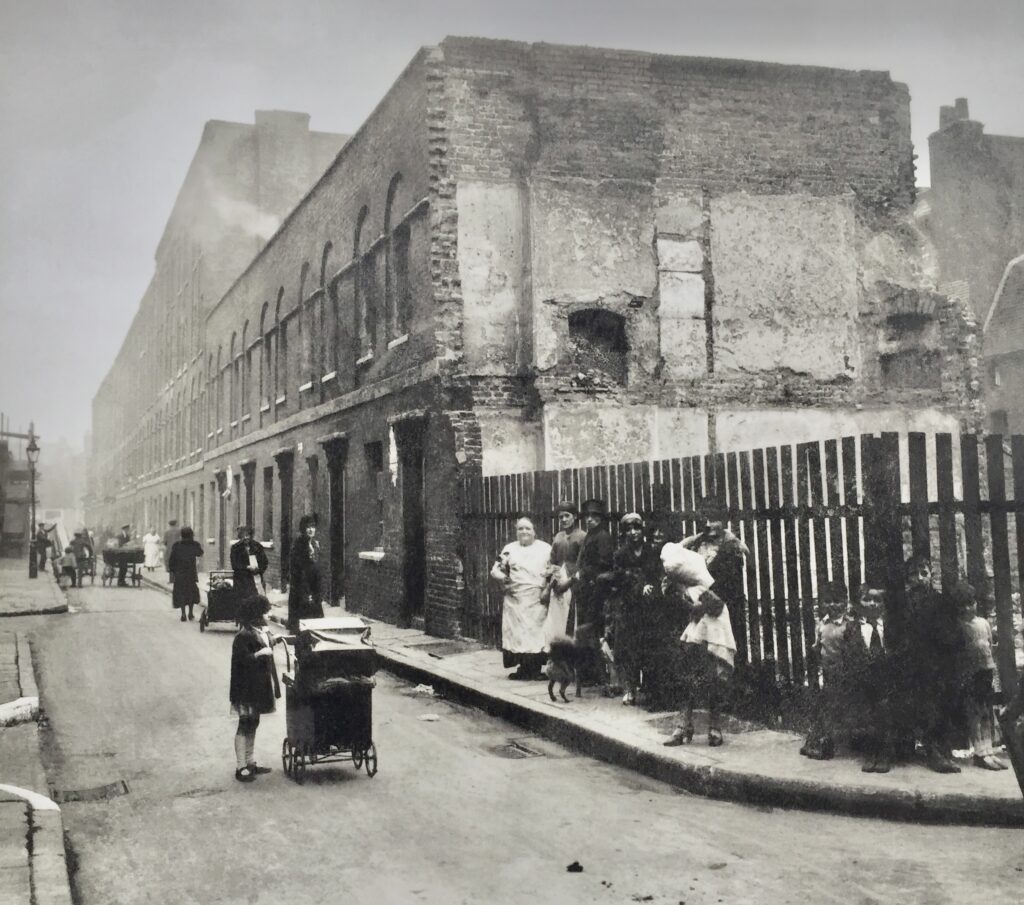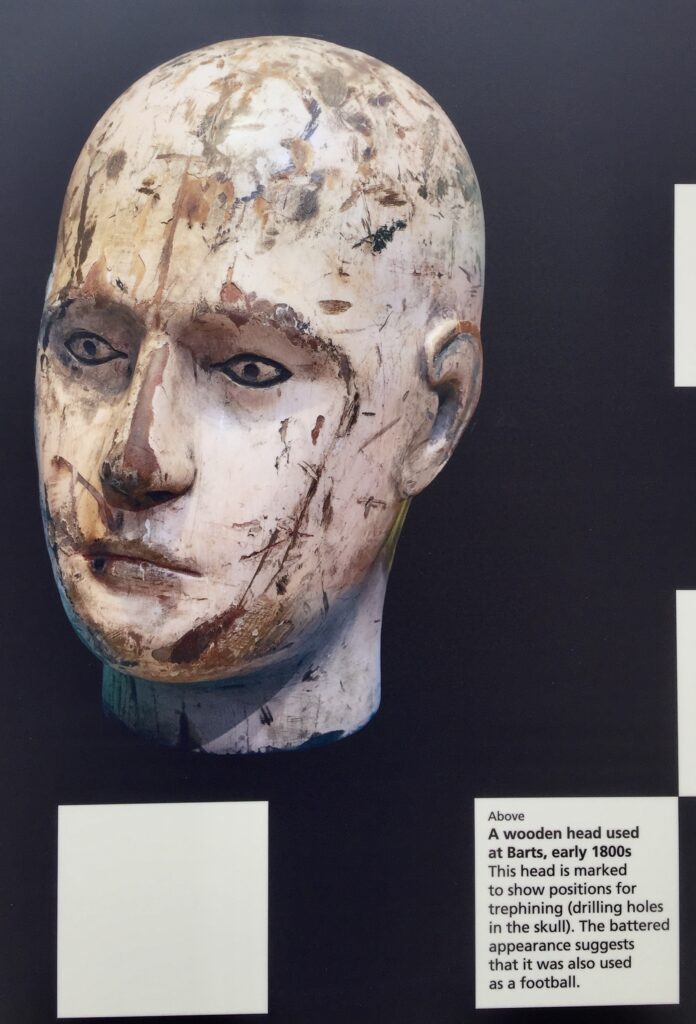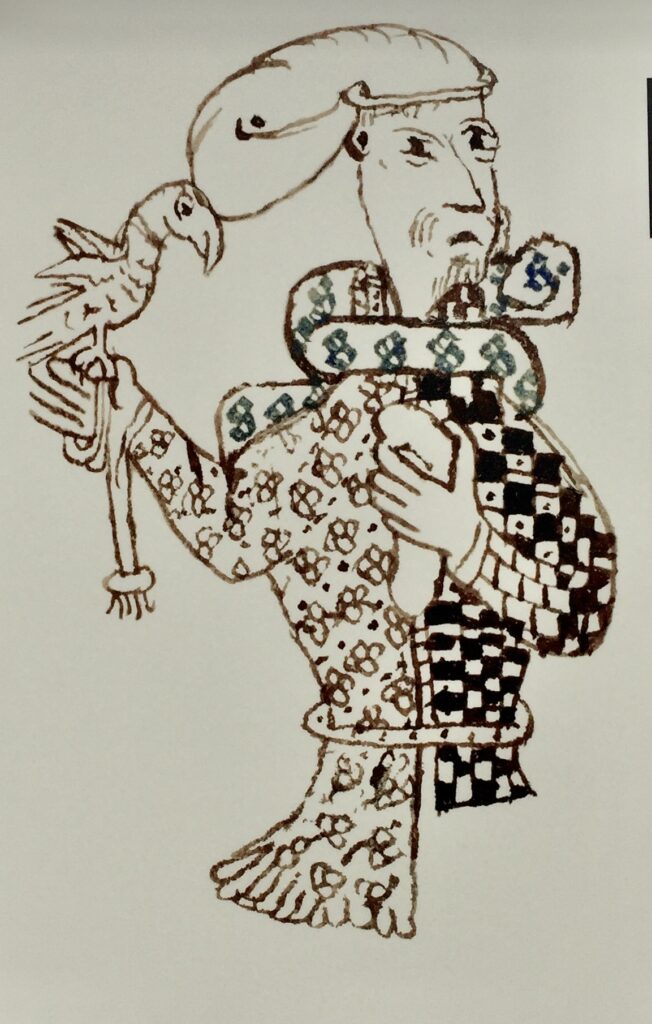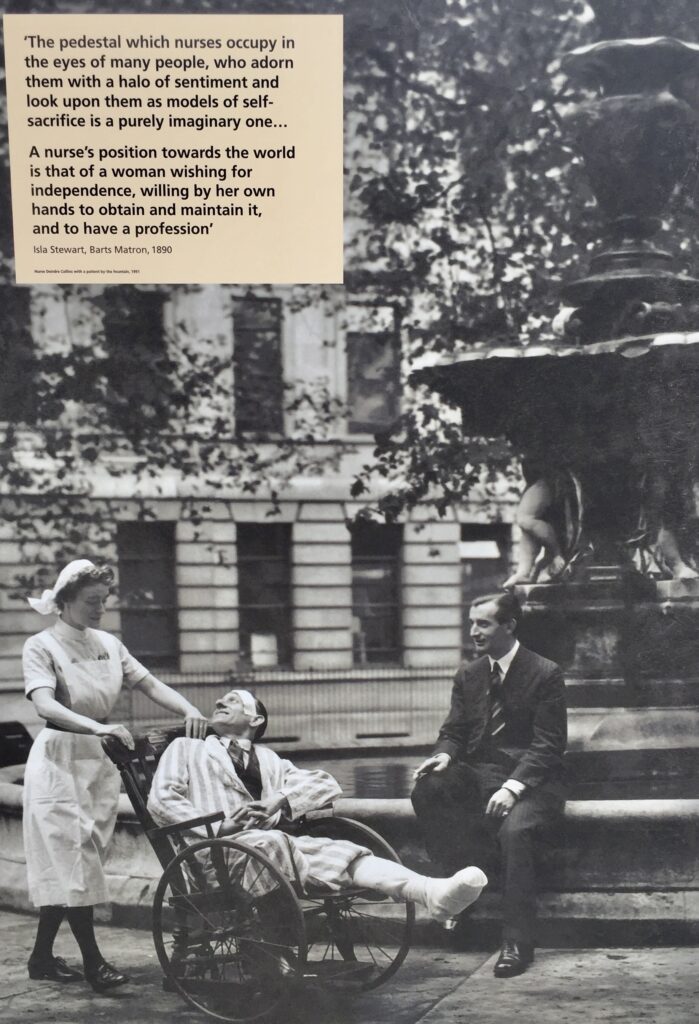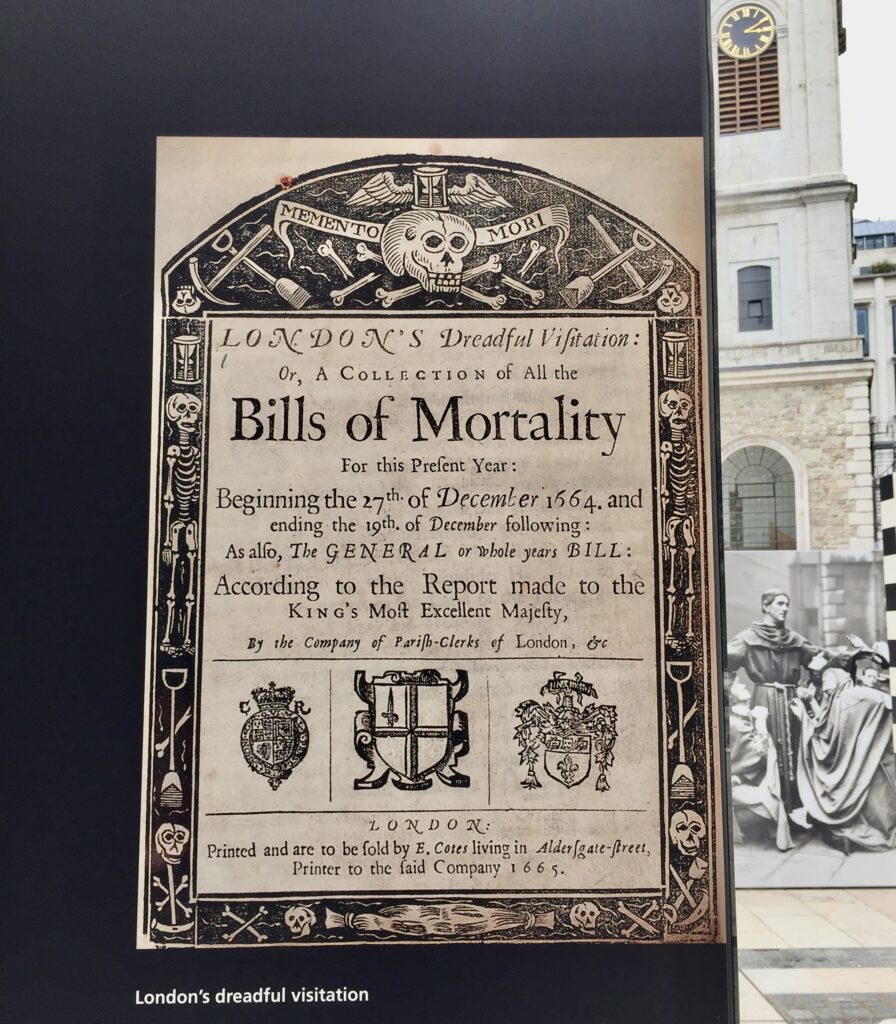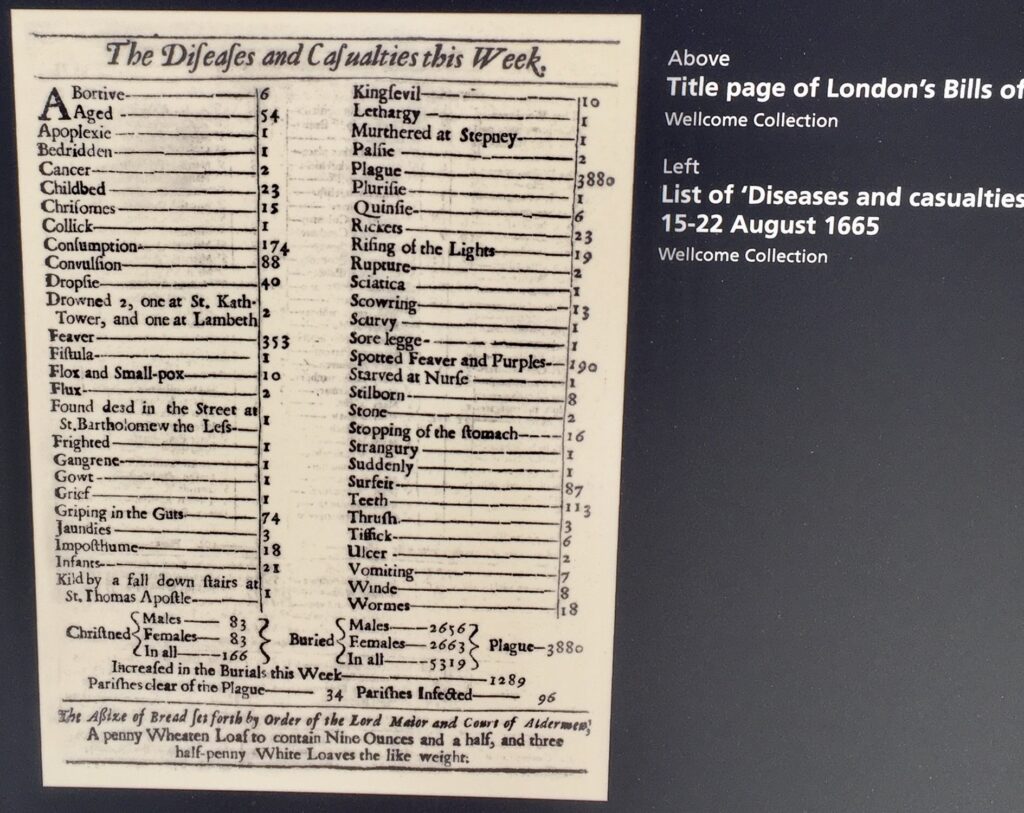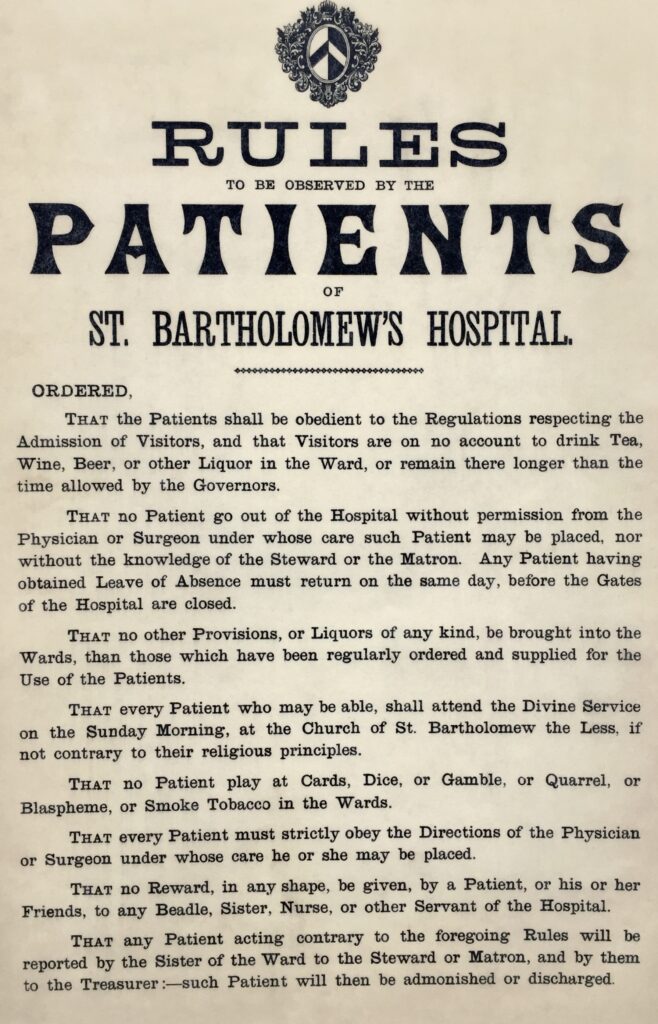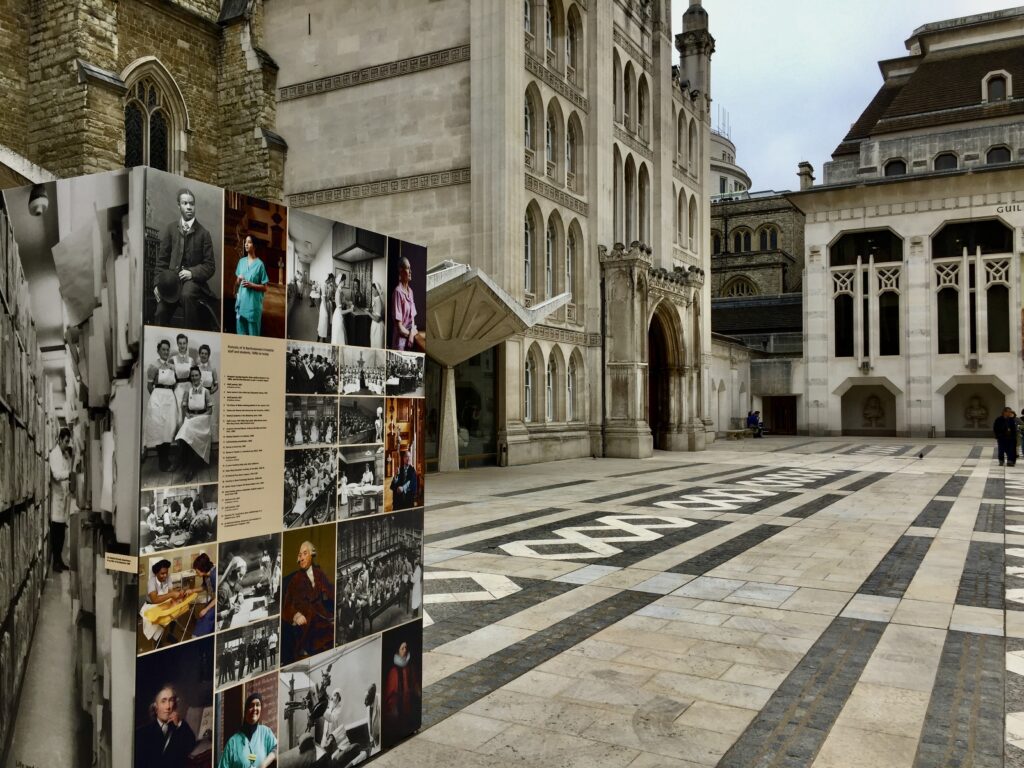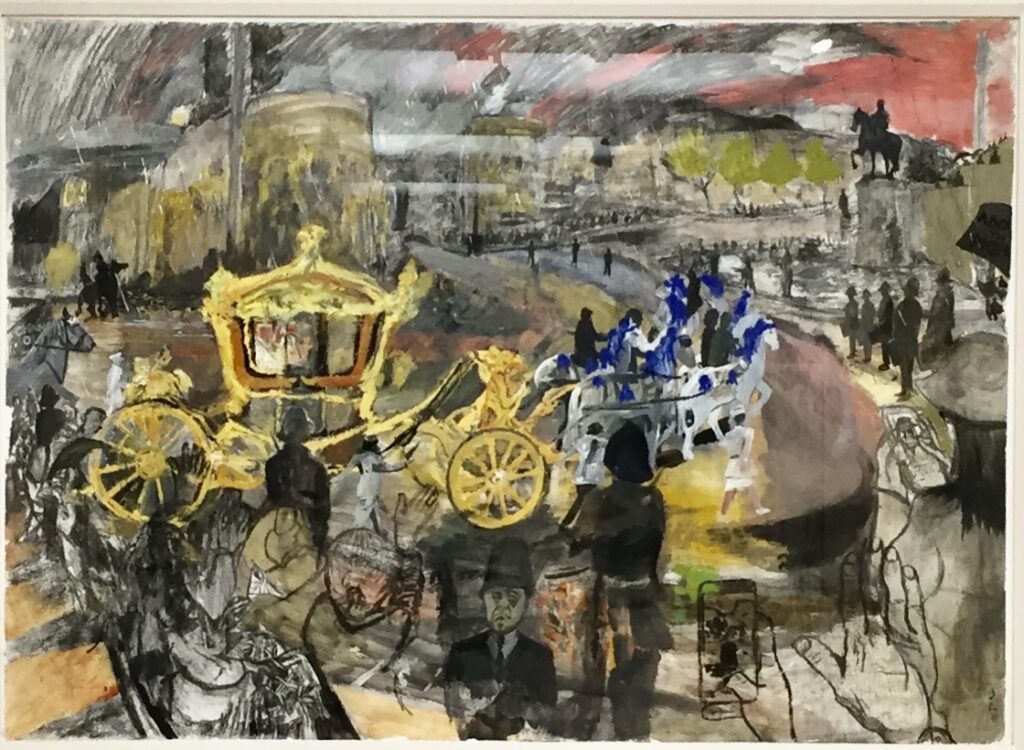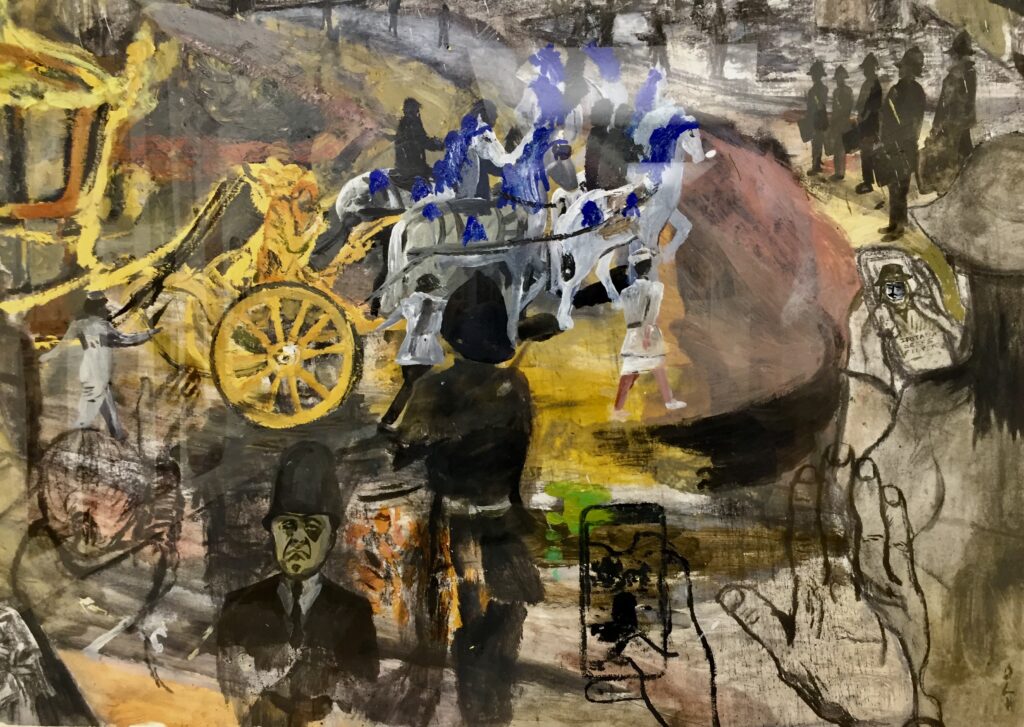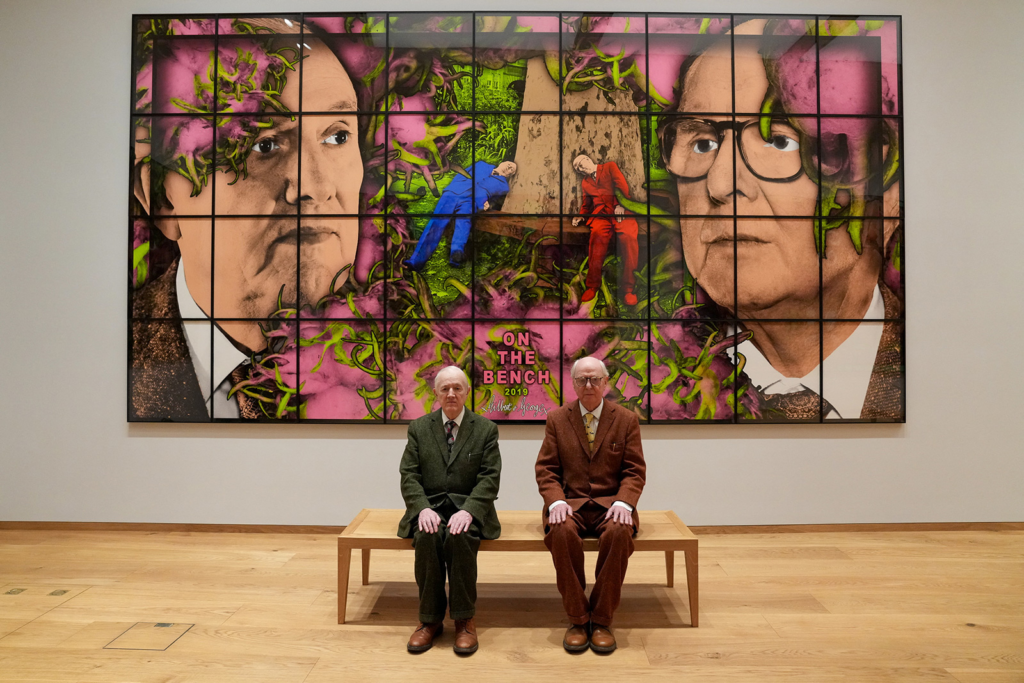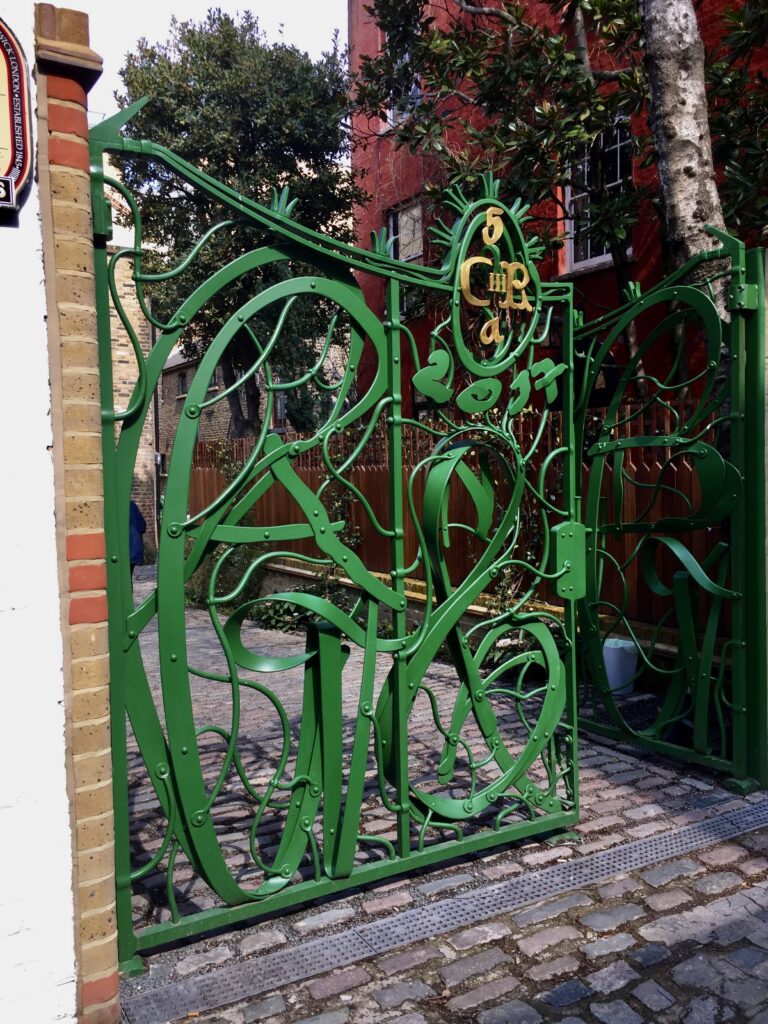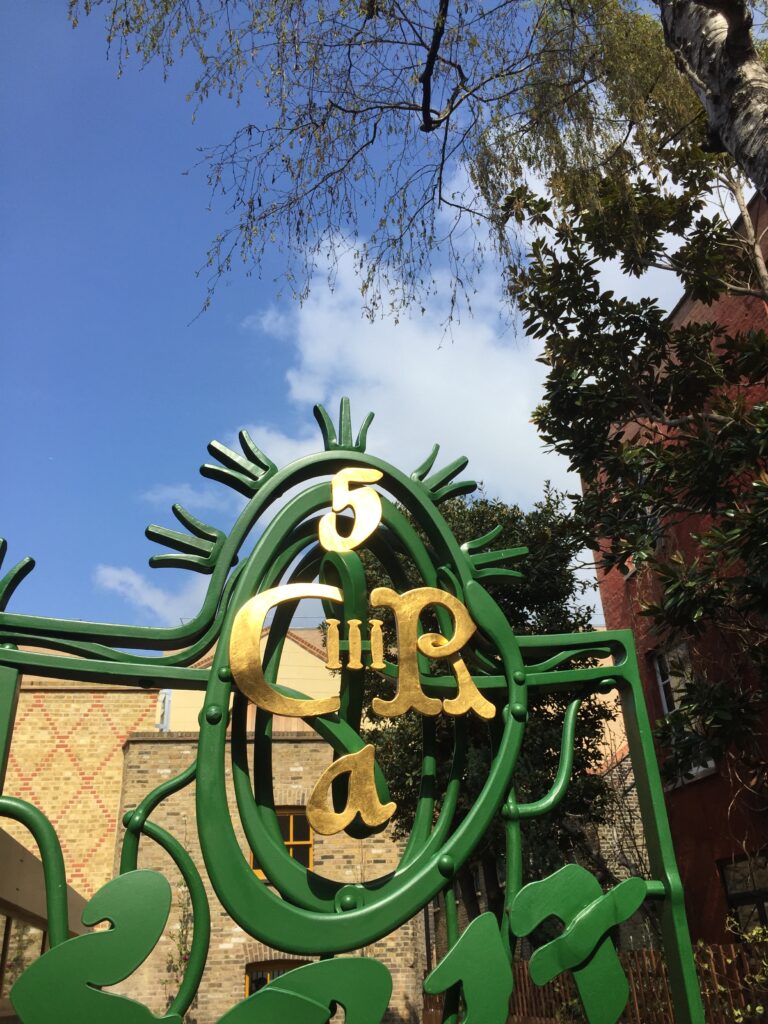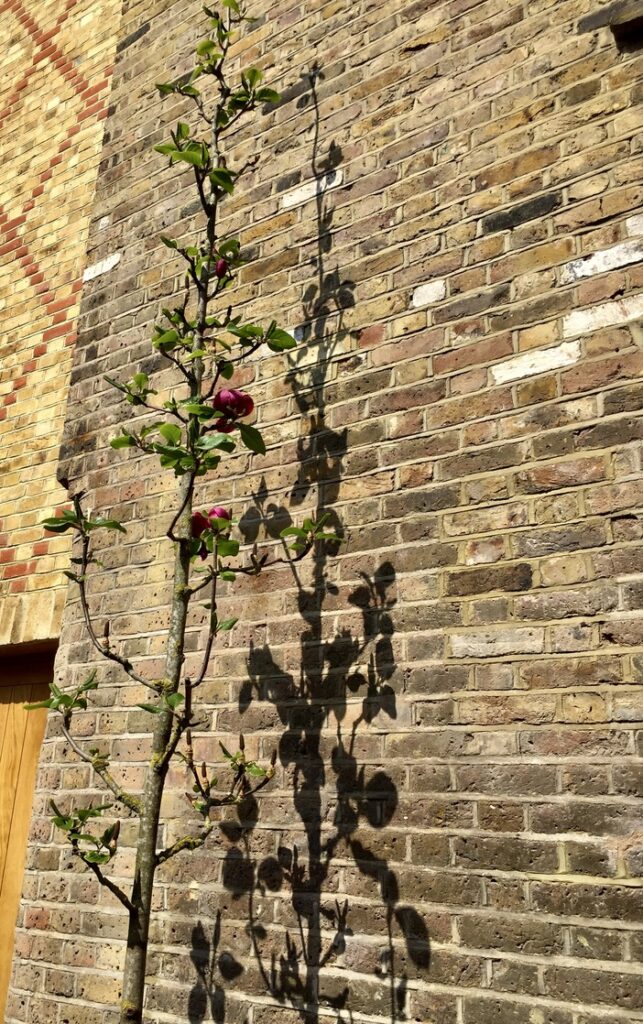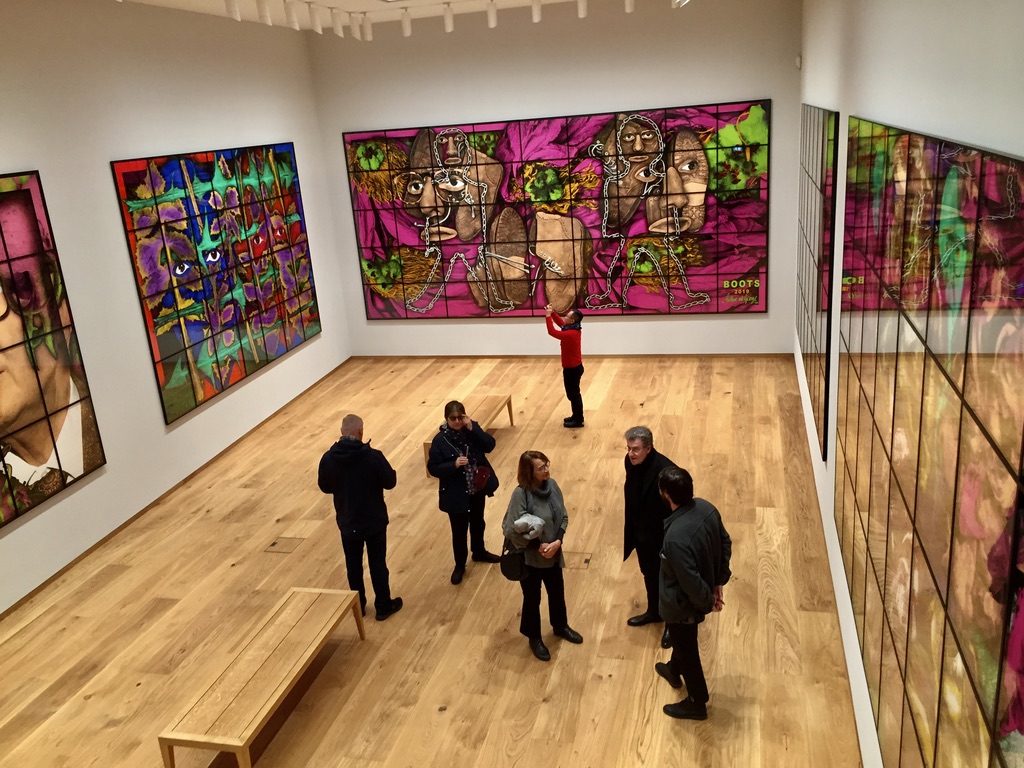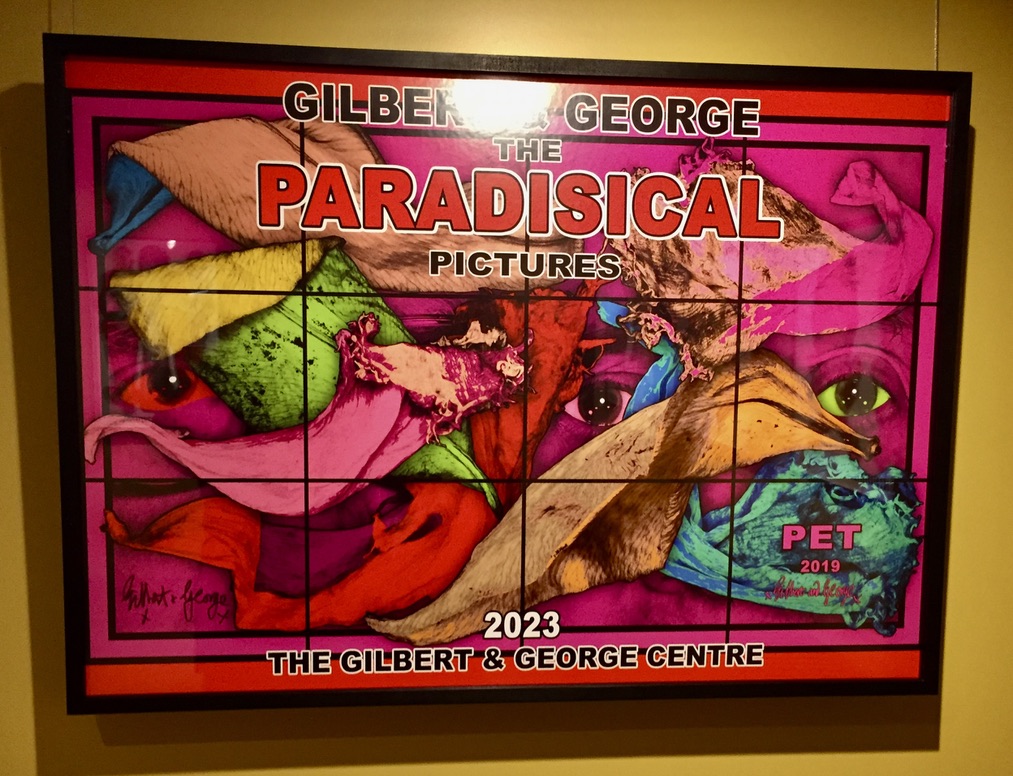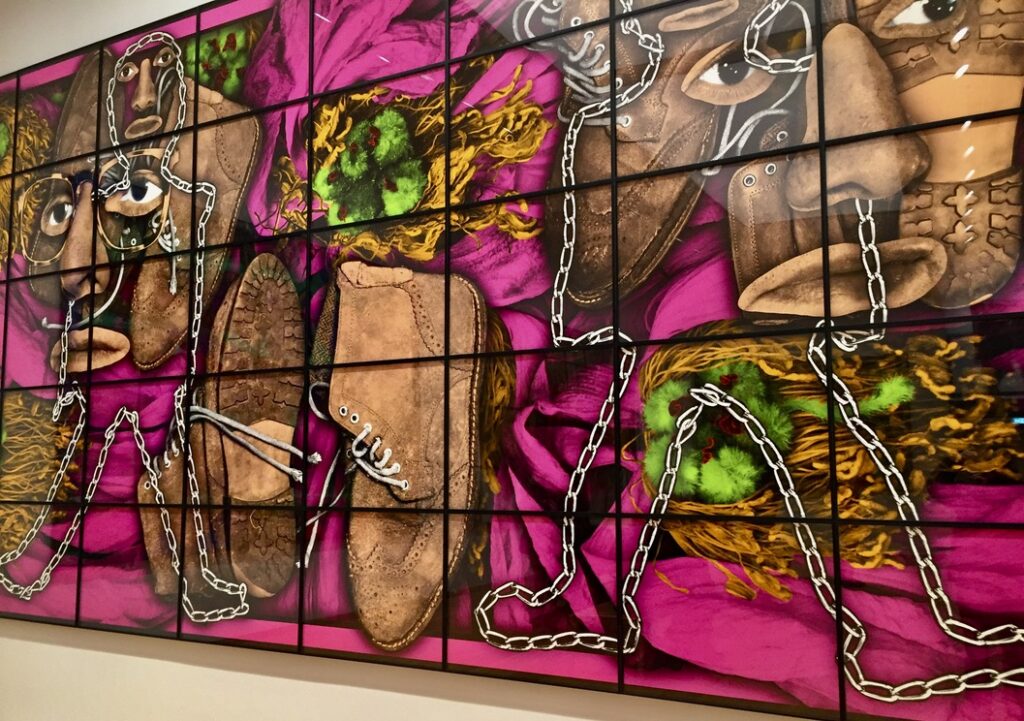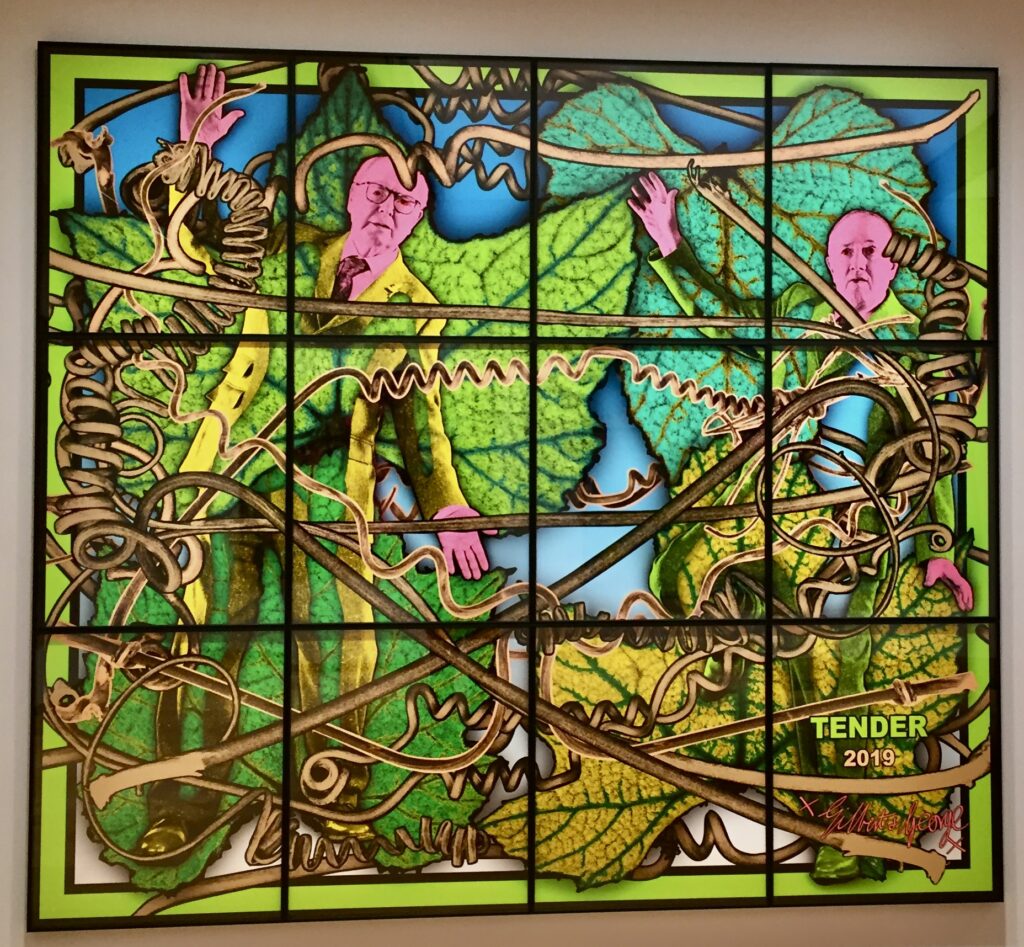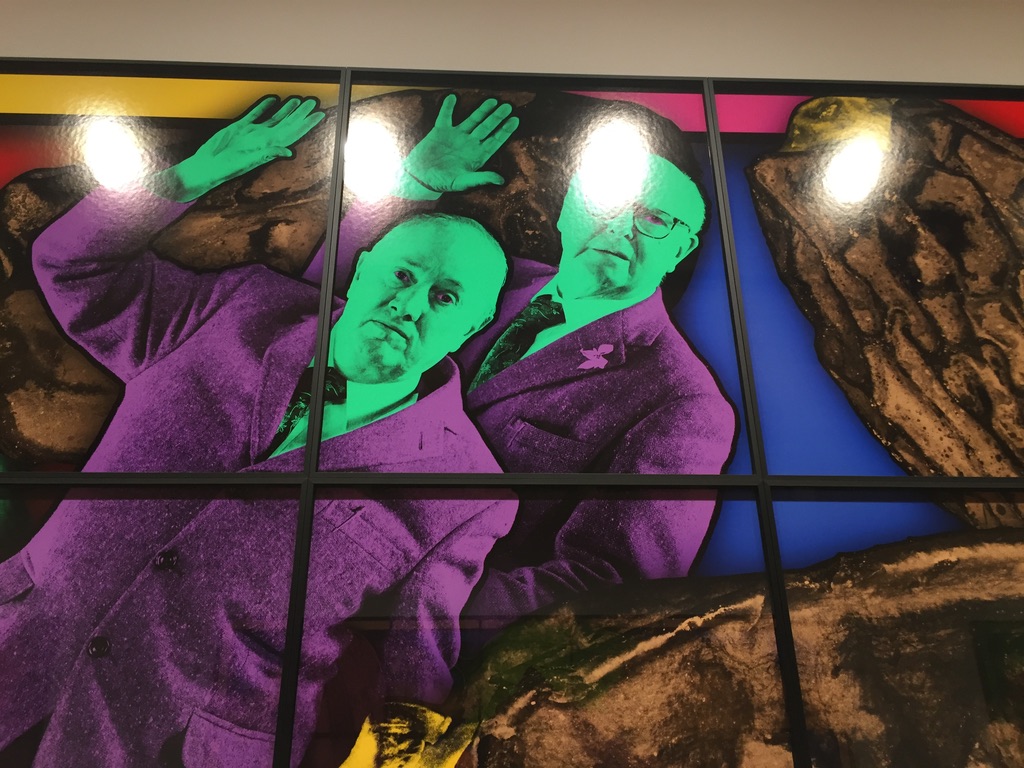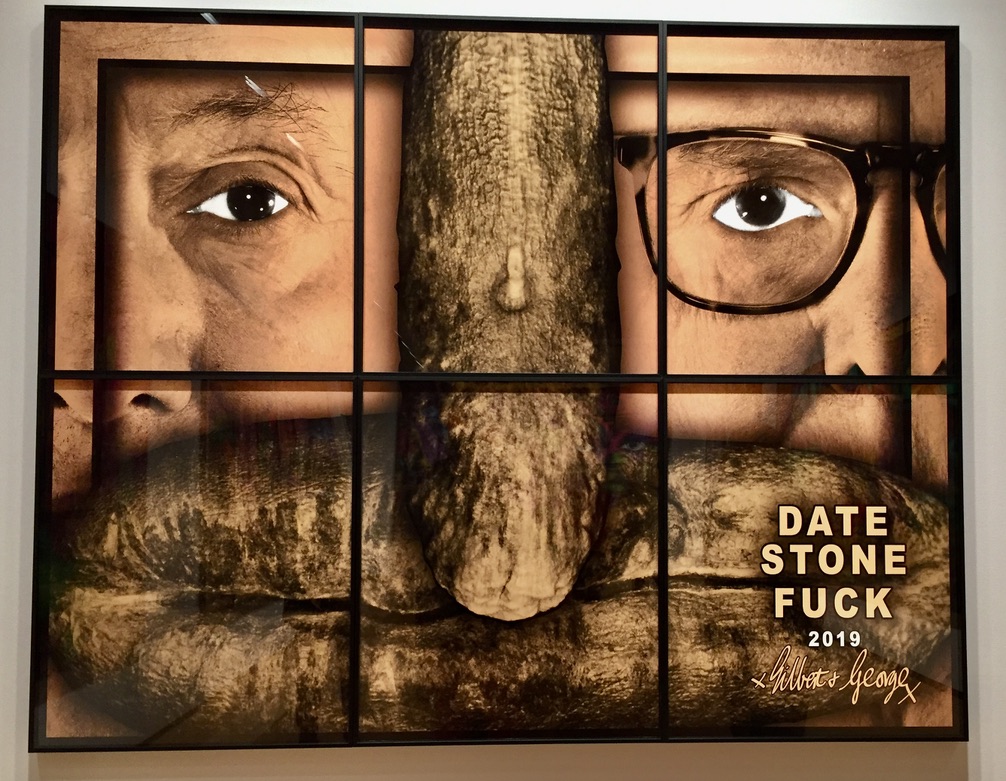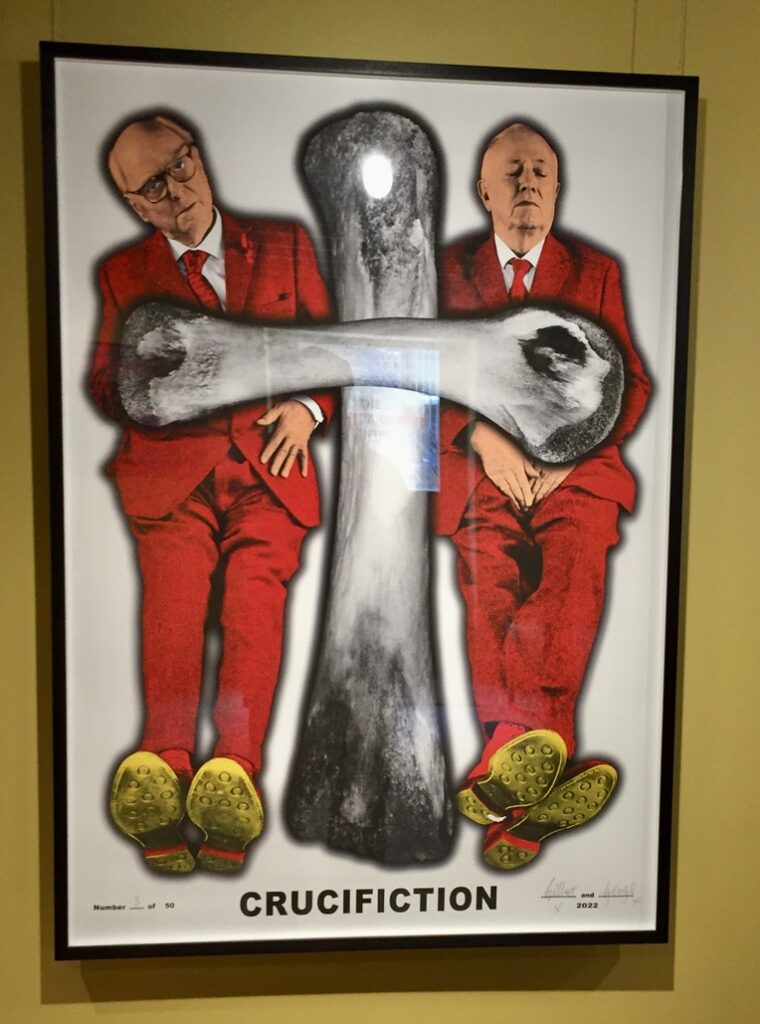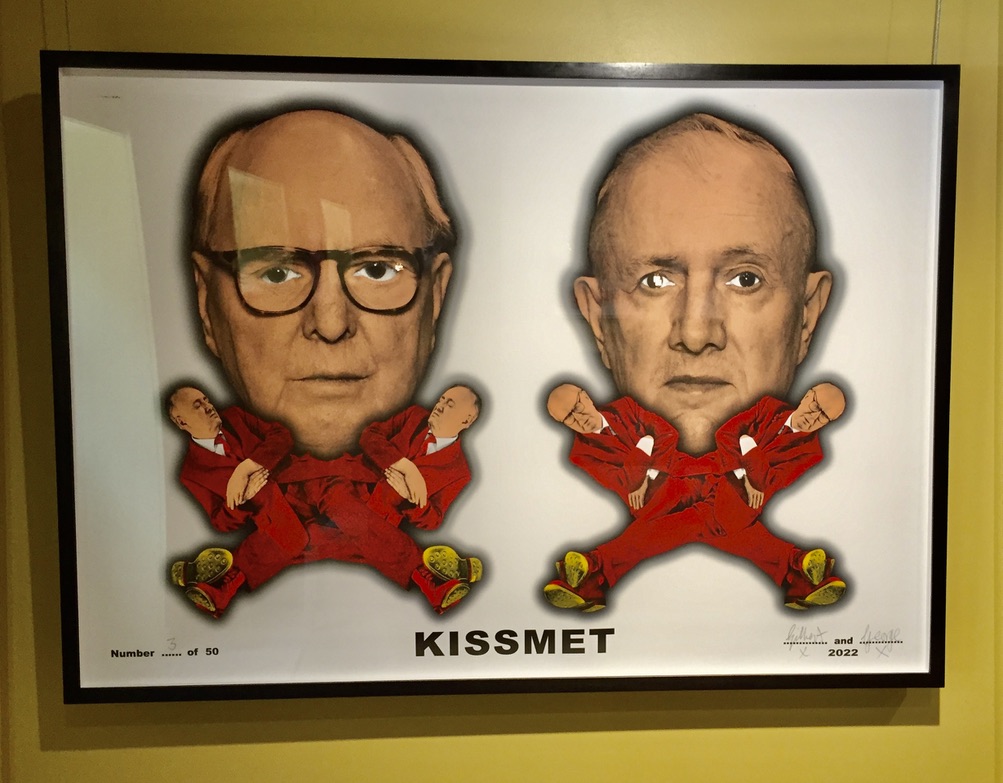Becauase I was going on holiday I started this blog on a May day when the weather was so miserable, wet and cold that I started browsing through my image library for some cheery pics. This also meant I didn’t have to go out!
This blog is the result – it’s a bit random but I hope you enjoy it nonetheless.
My balcony is perfectly situated to watch flypasts on their way to Buckingham Palace. This is the Coronation one …
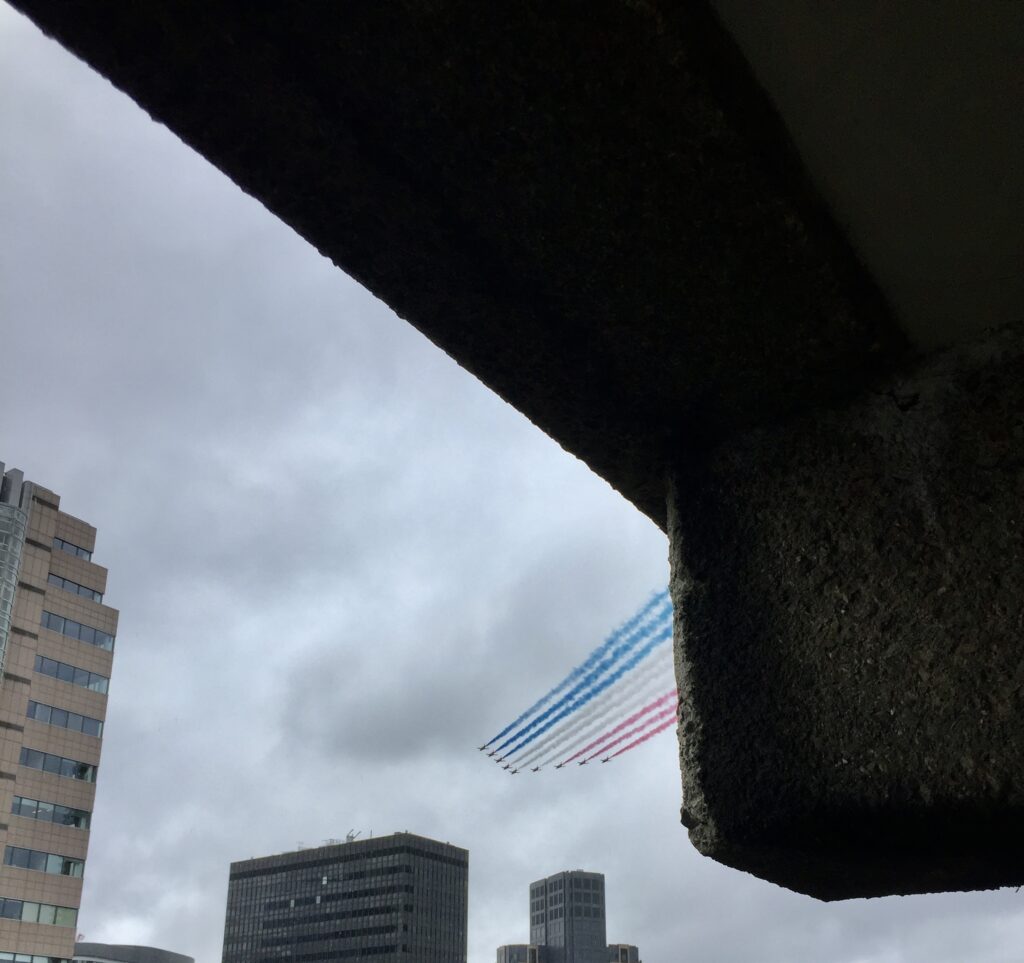
What do you do with an abandoned car park …

Obviously you turn it into an artwork …

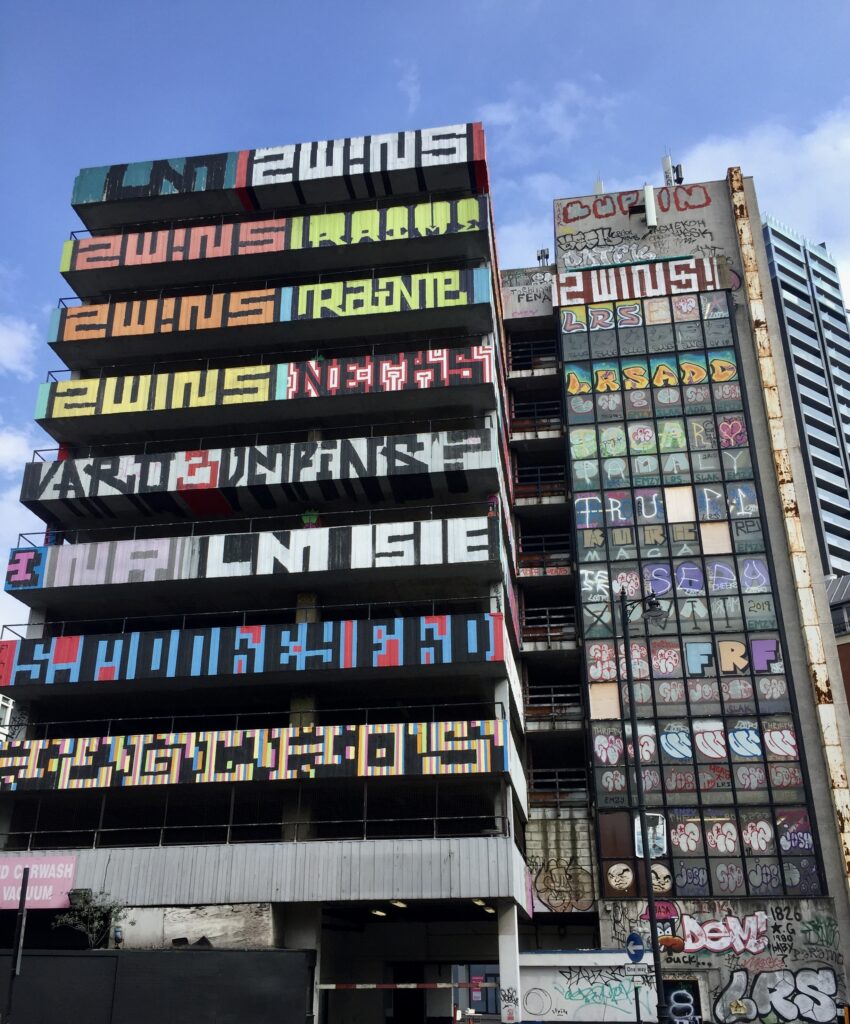
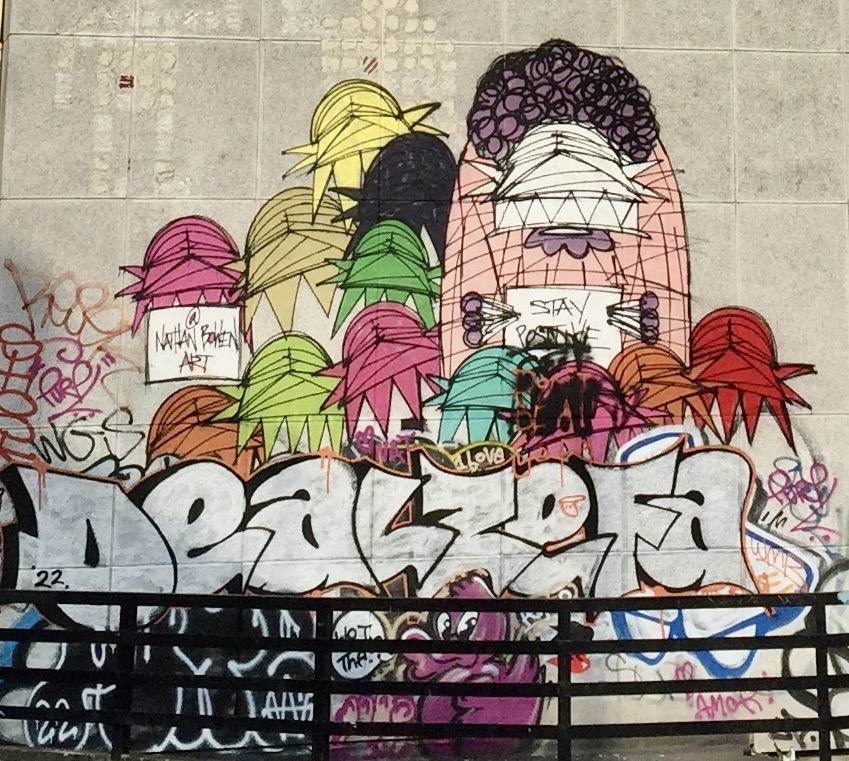
More cheerful street art …

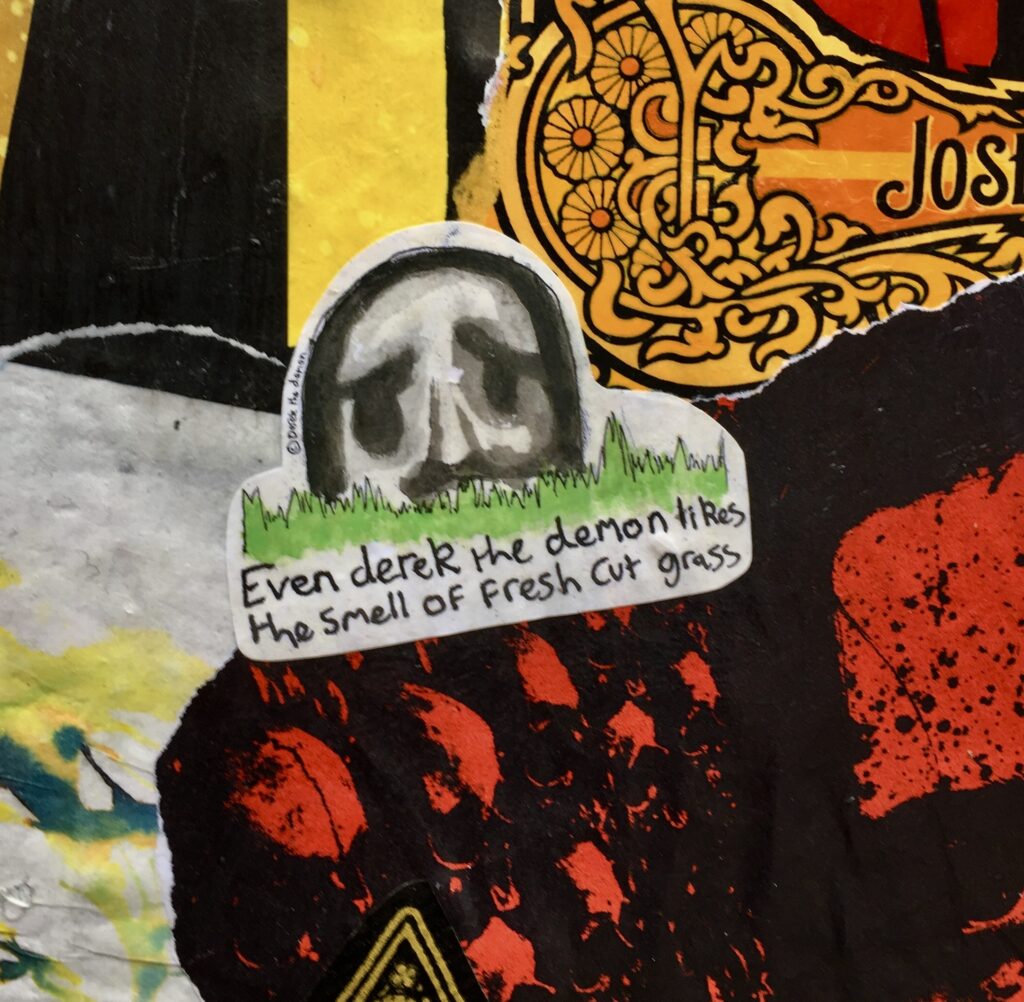
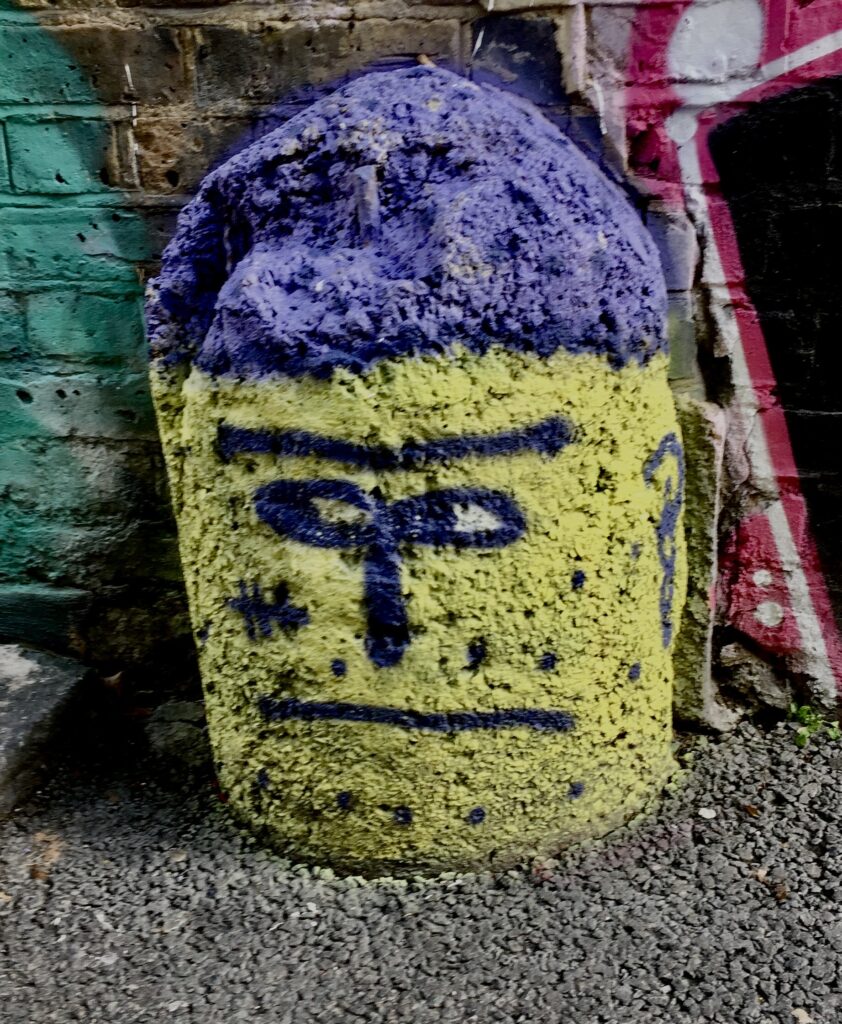
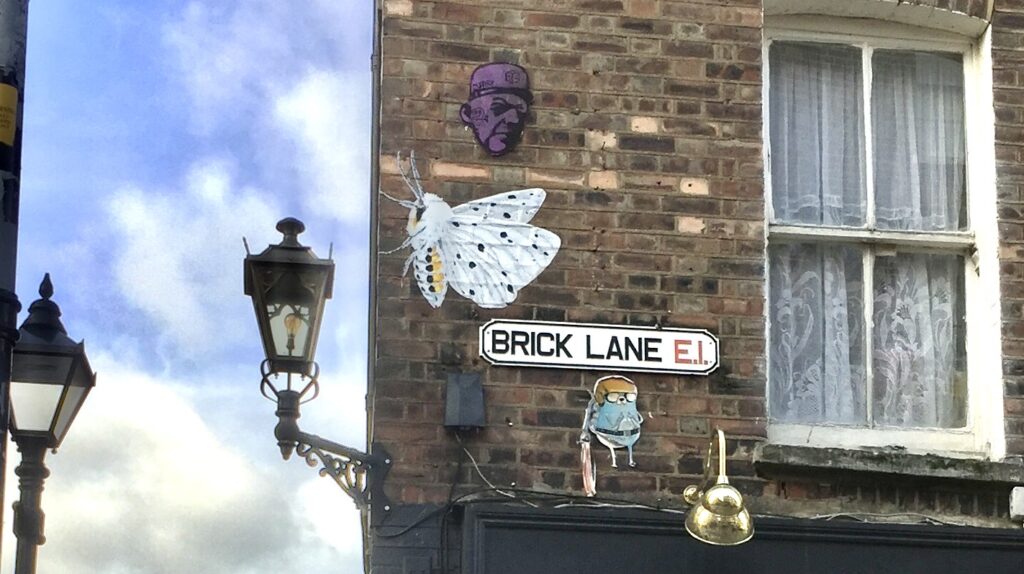
Hot Mexican street food ..
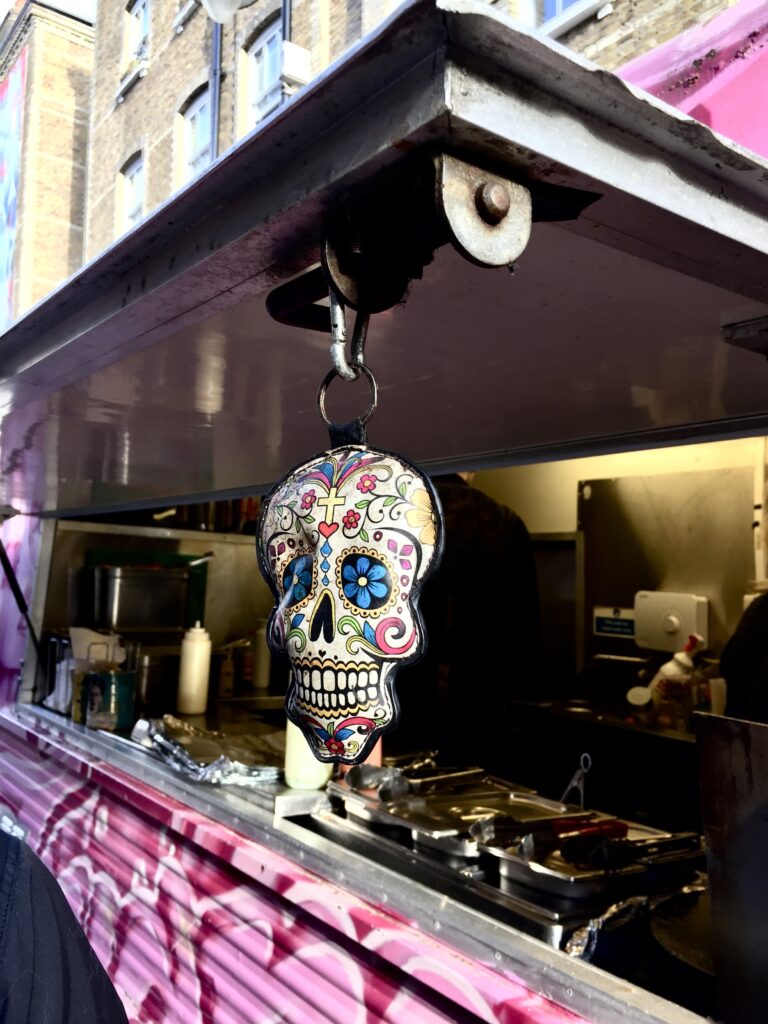
More Pimlico Plumbers licence plate wit …

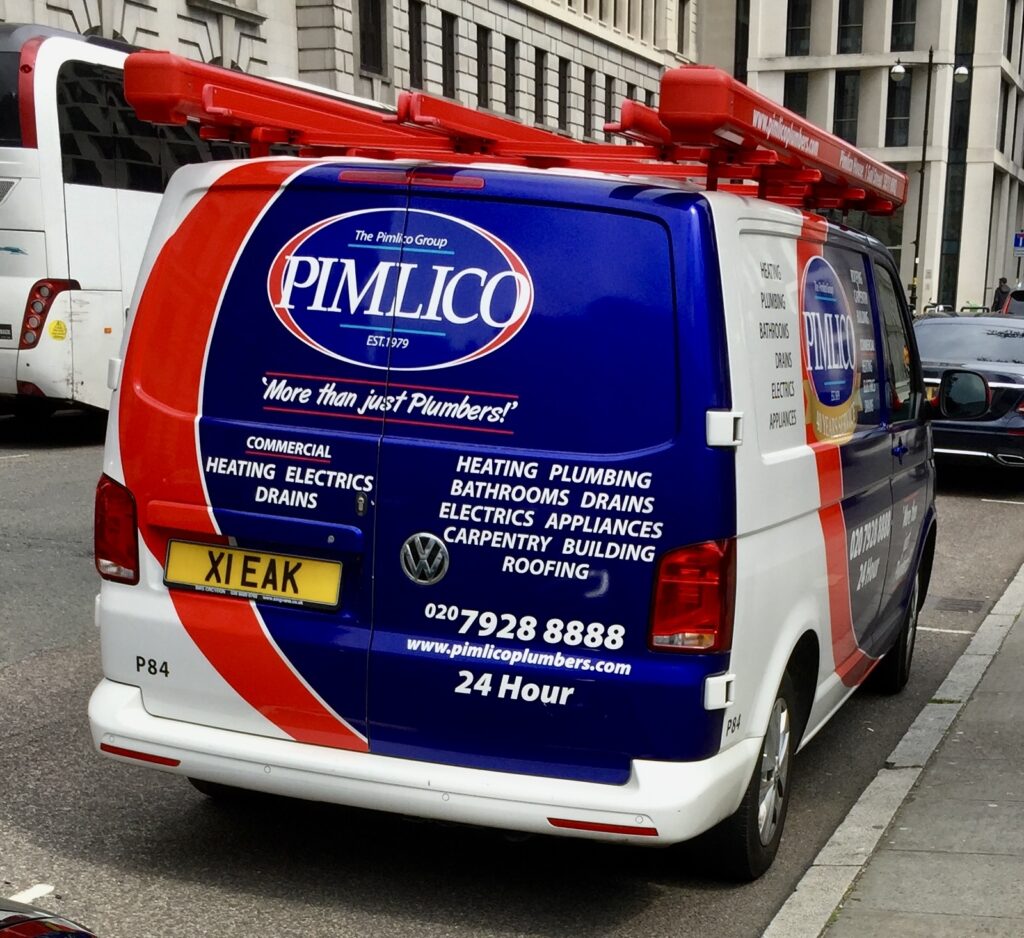
Posh spare loo roll storage at Mosimann’s …

Nice table adornments too …

Crazy crocheting on a post box in Great Ormond Street …

This is my animal selection.
Faithful doggy in Highgate Cemetery …
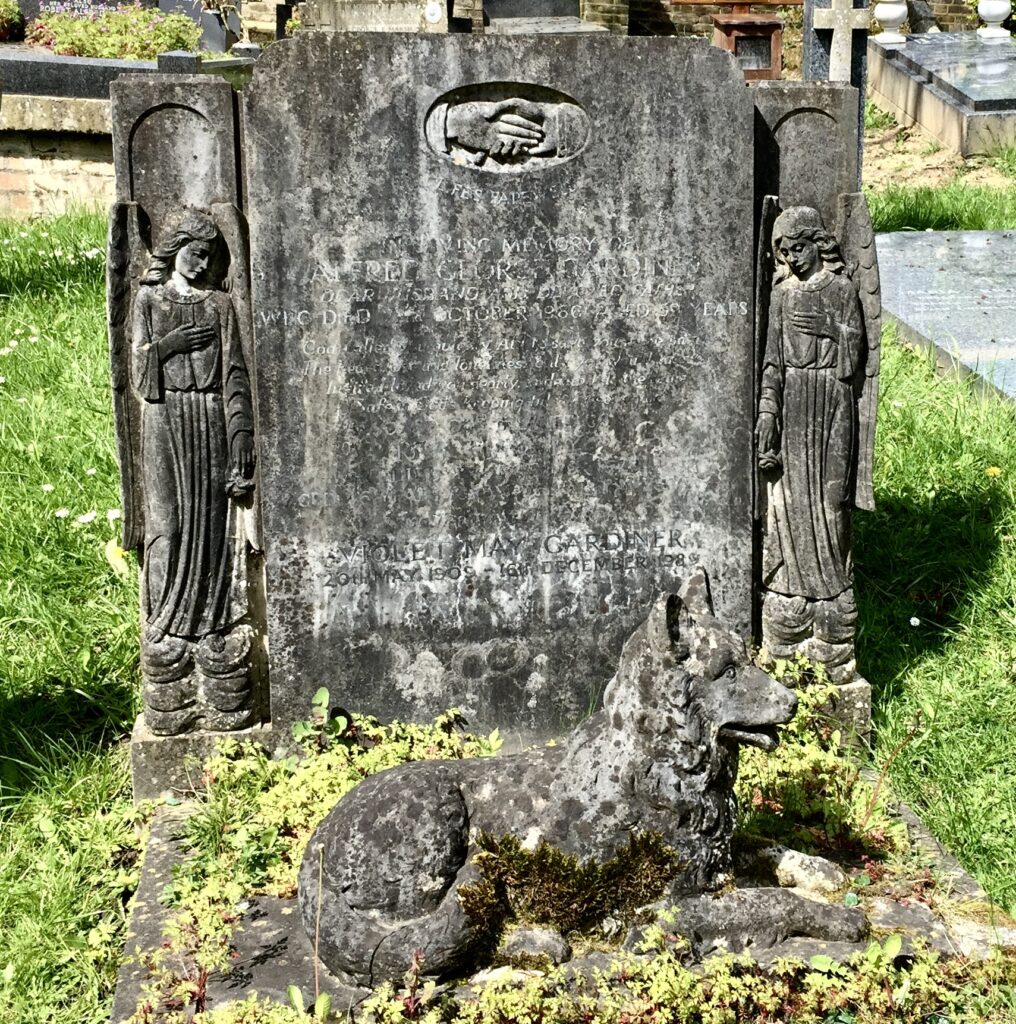
Whitecross Street toucan …
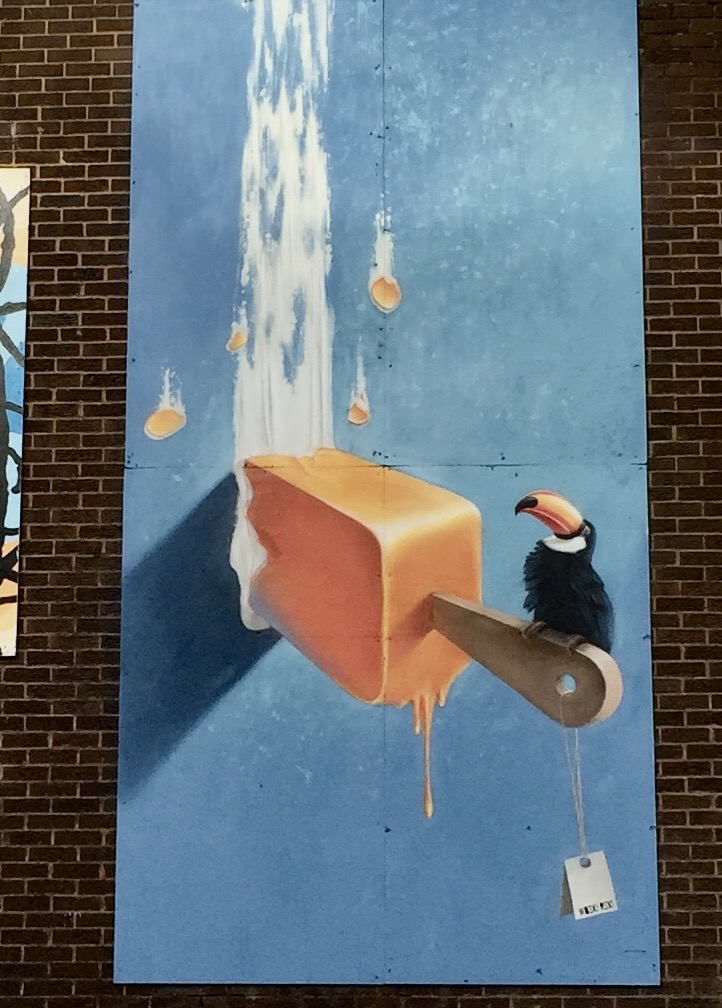
Friendly Mudchute Farm goats …
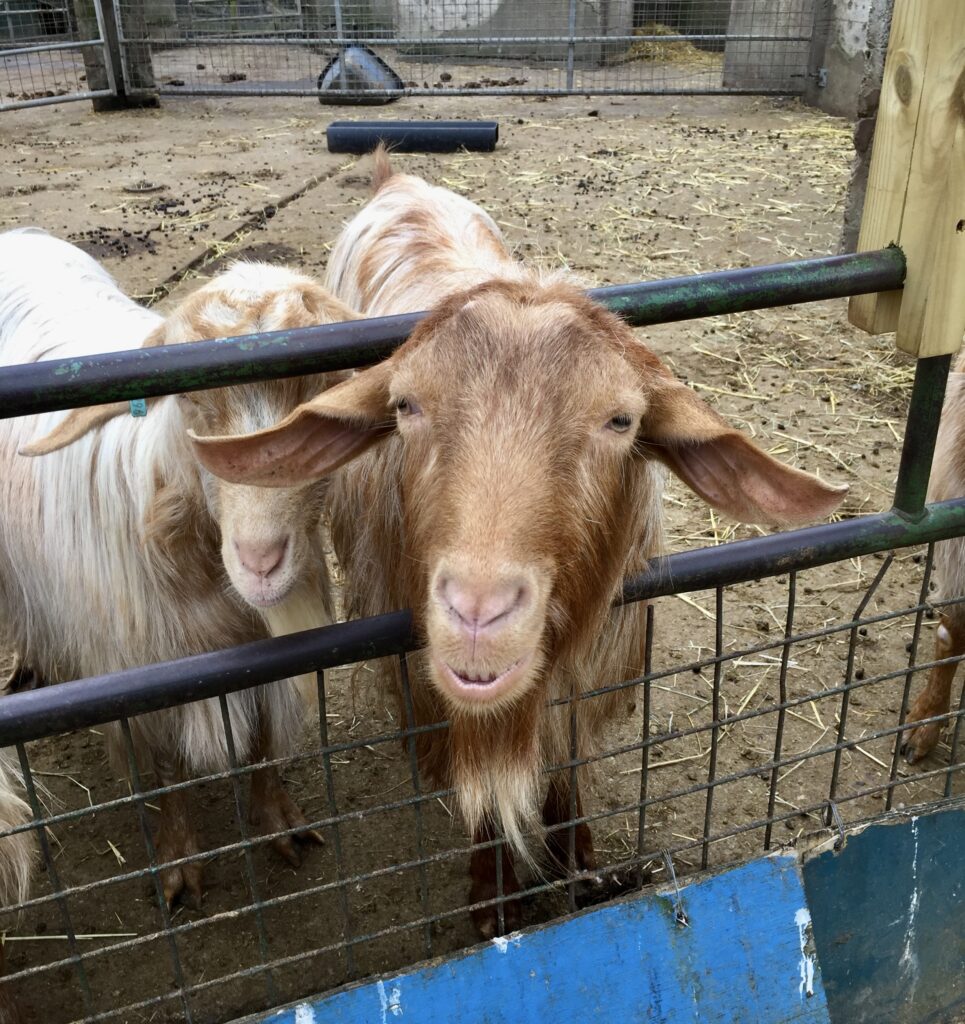
The last animal, the Tower Bridge cat …

My pal Mat …

And, for the first time in my blog history, a food section.
My Hotel Chocolat Easter Egg …
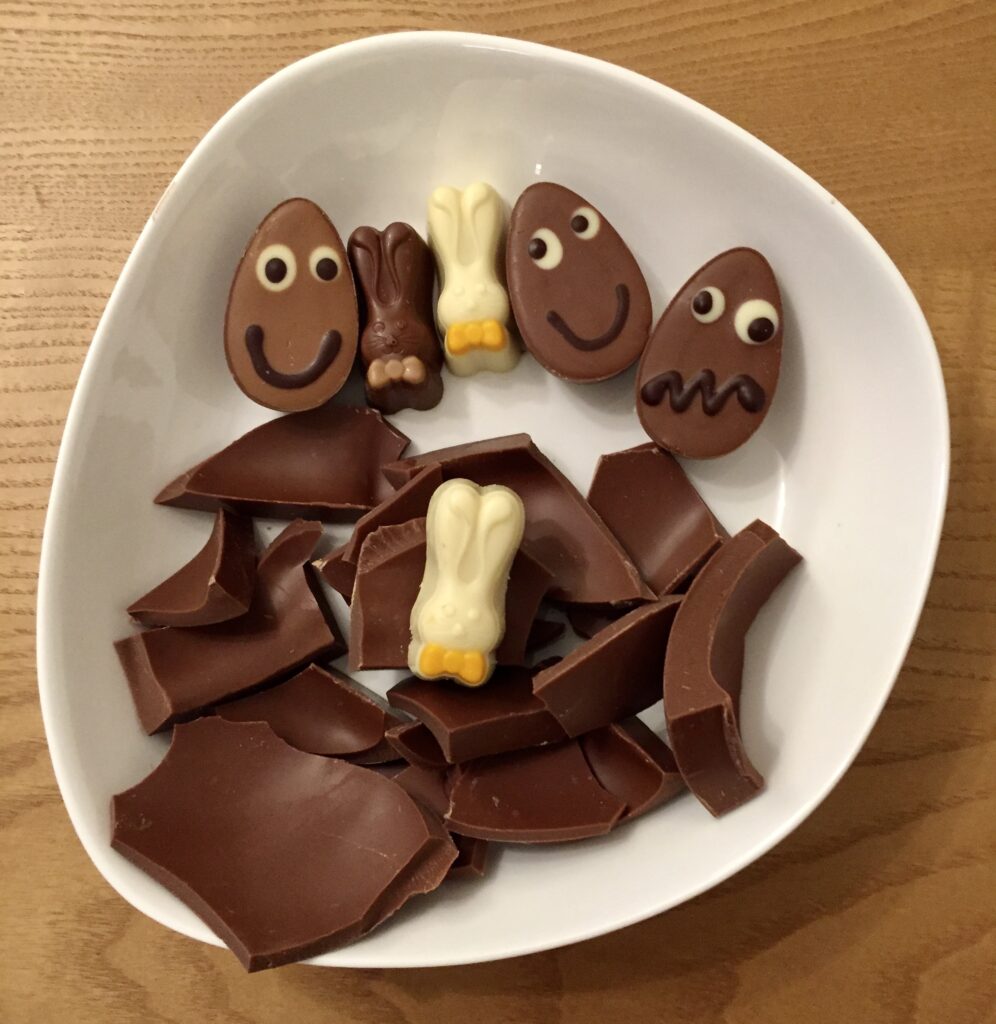
Patisserie perfection at Bob Bob Gerard …
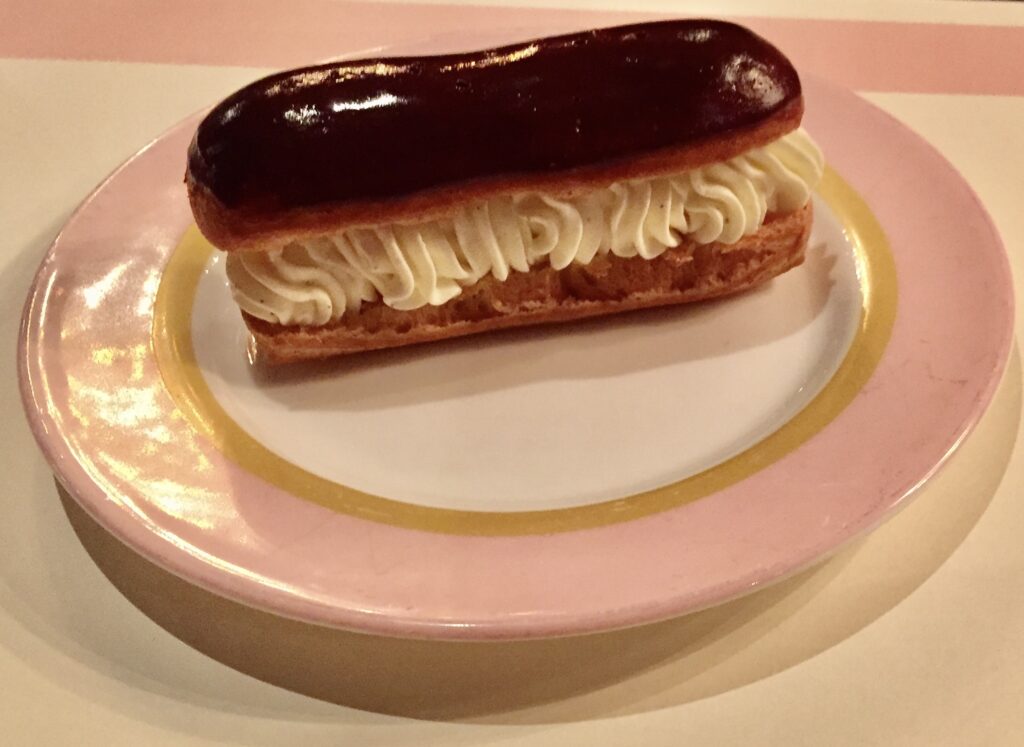
Bombe at the Ivy ..

Add hot chocolate …
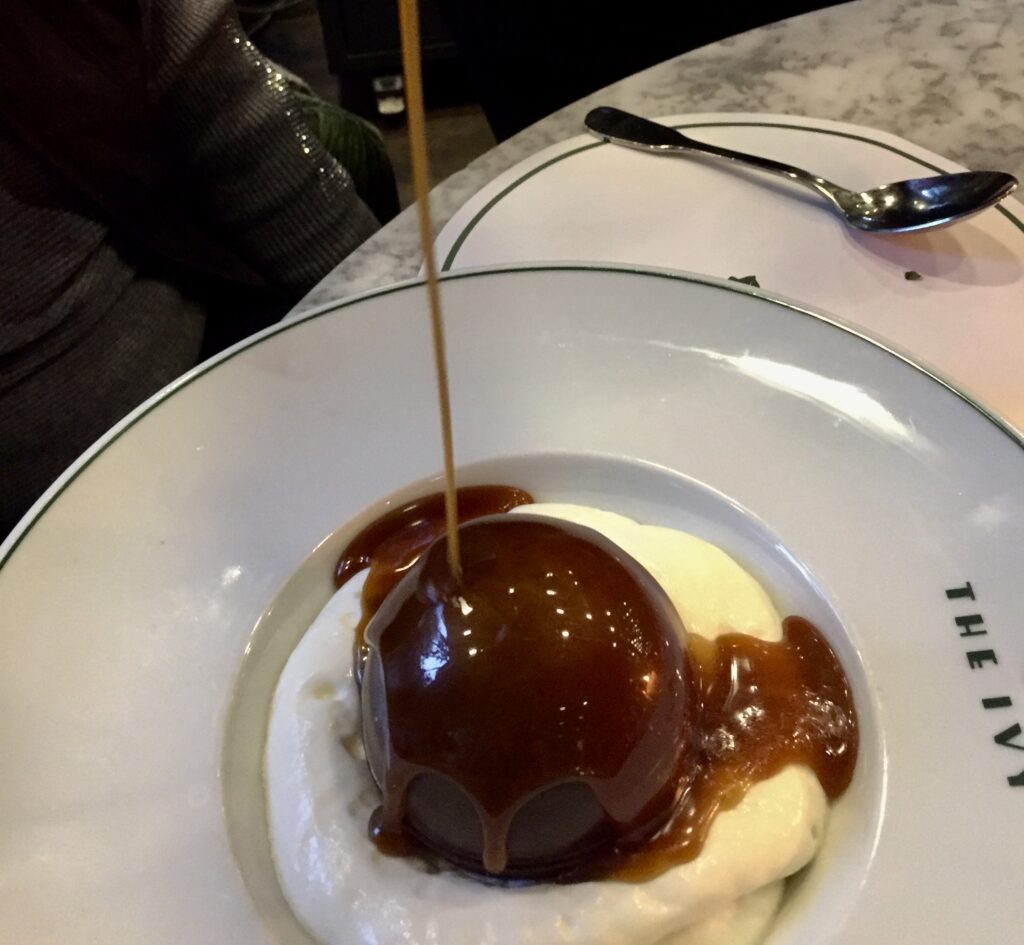
And finally, even more calories at Bouchon Racine …
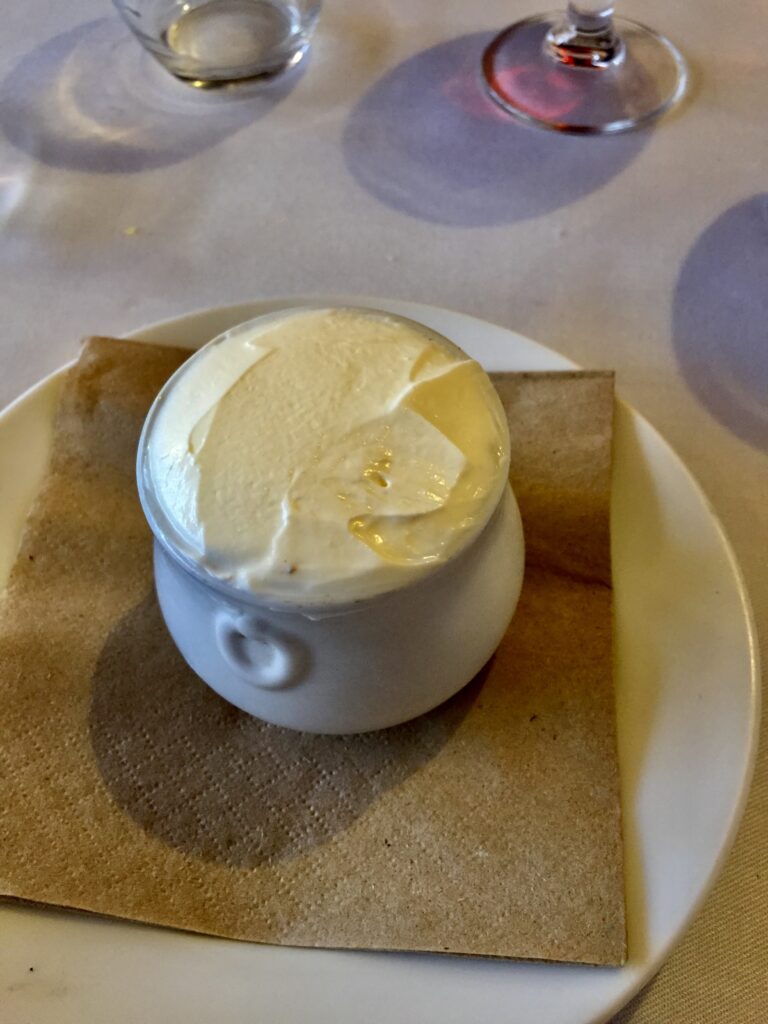
Paradise …

Yep, I quite like chocolate.
Normal blog service will be resumed next week.
If you would like to follow me on Instagram here is the link …
